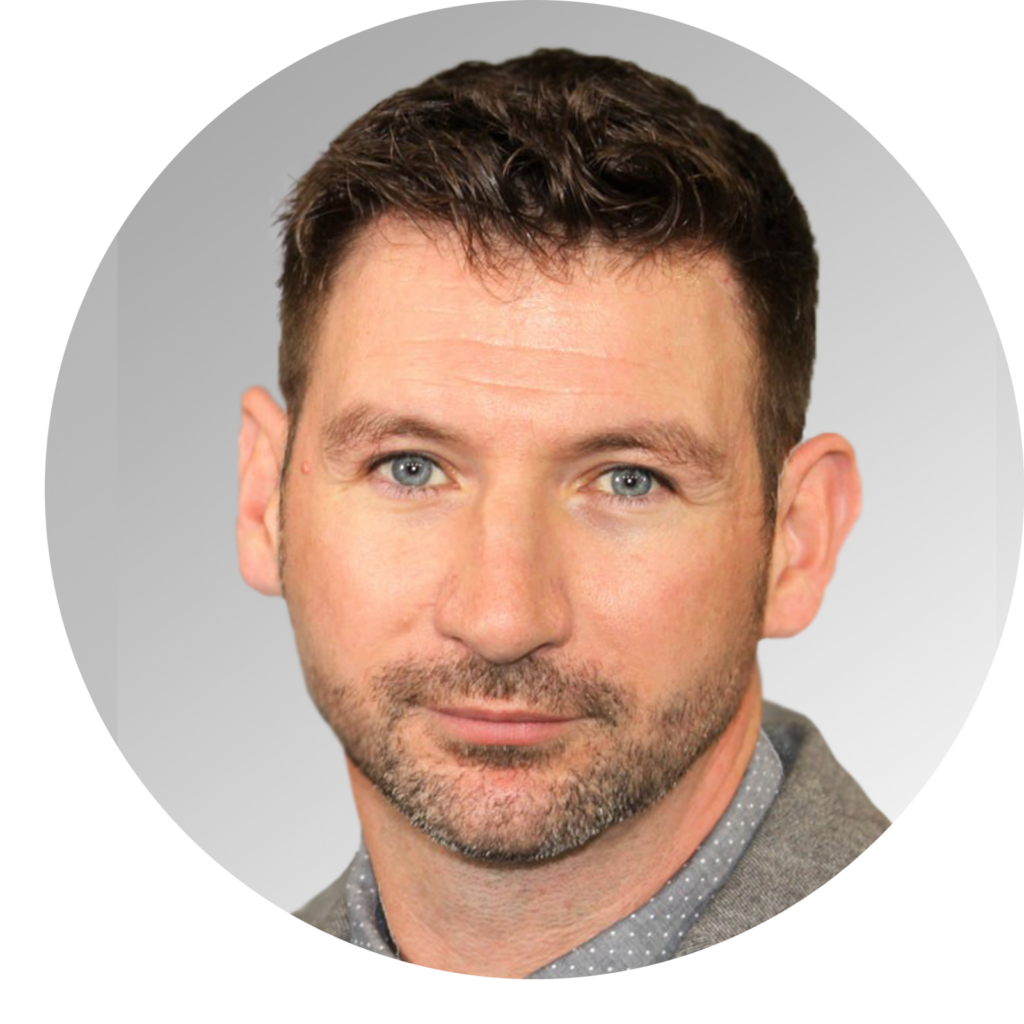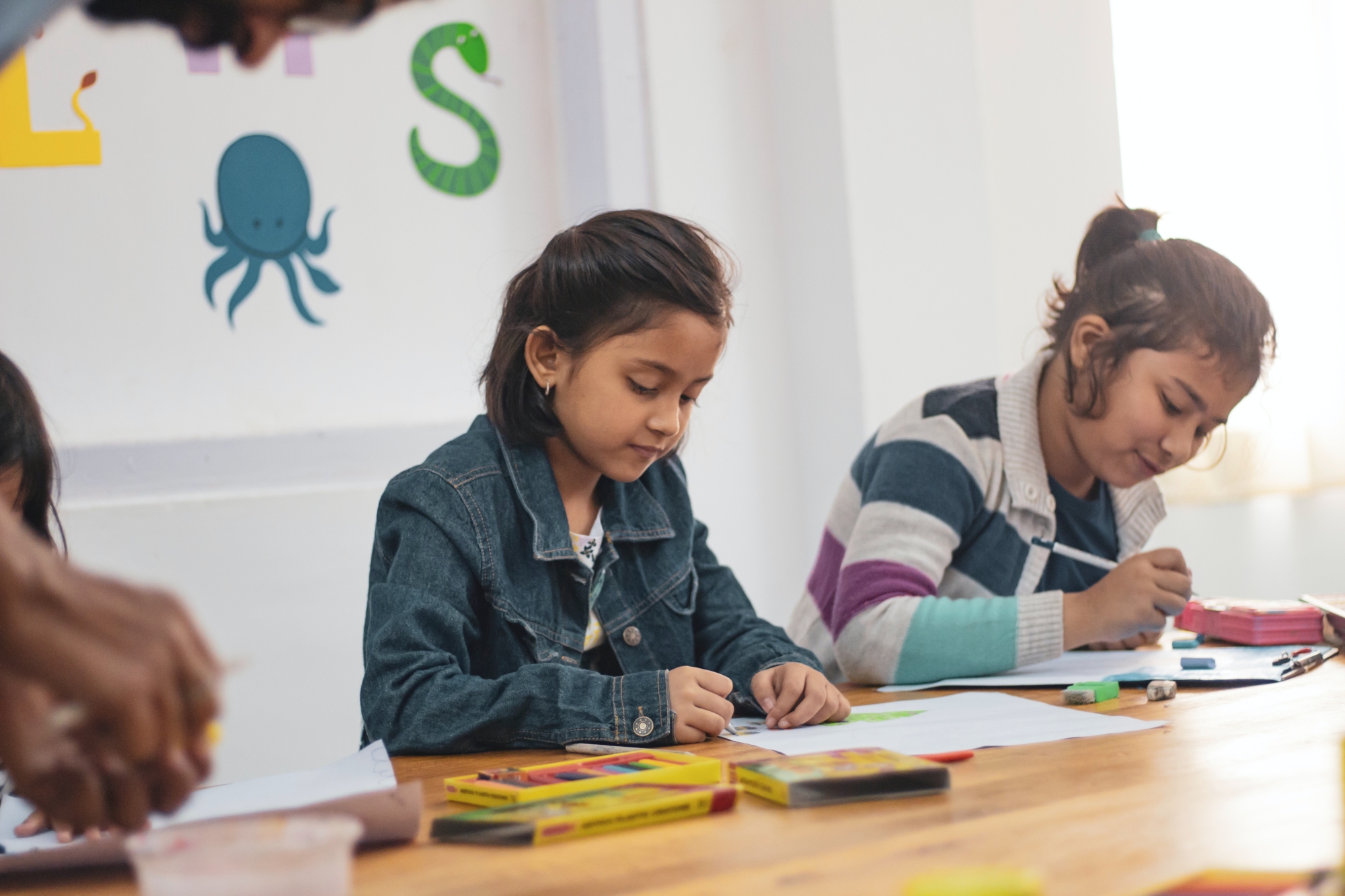As we continue to reimagine what education will look like in 2021 and beyond, we have the singular opportunity to leverage our lessons learned and increased technical capacity to ensure that every student feels like they belong in class, and the classroom and learning experience has been designed specifically around their needs. The feeling of exclusion, that one does not belong, stimulates a neurological response akin to physical pain. Many of our students are likely hurting, and as they return to school, they need to know that their school is designed with their needs in mind and is a place where everyone is welcome, respected, and valued. We can’t have one-size-fits-all Tier One instruction and expect to use interventions to support every learner left out of that initial model. To do that, we need to be flexible and reimagine the role of scaffolds, options, and student autonomy.
“Without a high quality instructional framework, such as Universal Design for Learning (UDL), schools will continue to risk having a significant number of students fail to meet the full array of educational opportunities and outcomes that hard working educators desire to achieve. As a former Superintendent of a district that implemented UDL, I can attest that UDL provided our district a common language, common framework and common way to collaborate and communicate about how we design and implement universally accessible instruction for all students.”
– MATT NAVO, CCEE GOVERNING BOARD CHAIR –
As we continue to reimagine what education will look like in 2021 and beyond, we have the singular opportunity to leverage our lessons learned and increased technical capacity to ensure that every student feels like they belong in class, and the classroom and learning experience has been designed specifically around their needs. The feeling of exclusion, that one does not belong, stimulates a neurological response akin to physical pain. Many of our students are likely hurting, and as they return to school, they need to know that their school is designed with their needs in mind and is a place where everyone is welcome, respected, and valued. We can’t have one-size-fits-all Tier One instruction and expect to use interventions to support every learner left out of that initial model. To do that, we need to be flexible and reimagine the role of scaffolds, options, and student autonomy.
Universal Design for Learning (UDL) is a flexible framework that leverages decades of research and evidence to address learner variability, the individuality of every student. Prior to joining the CCEE, my primary mission was supporting through the implementation of UDL that all students could thrive in their general education classrooms. Over the years, I’ve found it very helpful to lay out some foundational pieces to prevent any misconceptions about what UDL is and is not.
UDL is a lens, not a checklist. Practitioners of UDL set clear, challenging goals for all students and then, based on their knowledge of the goal, their design constraints, and their students, anticipate barriers to learning and then develop options and supports to mitigate or eliminate those barriers. The UDL Guidelines are a tool that informs our work, not a strict checklist or plug-and-play mechanism.
UDL is a marathon, not a sprint. UDL shifts the center of instruction from the teacher to the student, empowering students to take ownership of their learning. This transformation takes time, for both teachers and students. No one should expect UDL to be implemented overnight. Do not expect that of yourself or anyone else.
UDL is not “just good teaching.” There is no universally accepted definition of good teaching. UDL, however, has a defined framework, backed by significant research and evidence from the field. Teachers have hard-earned knowledge, skills, and experience; these can be sharpened and delivered with intention to address inequities through UDL.
Developed by Tom Tobin, this is a quick way to retrofit an existing lesson, assessment, or resource, building your facility with UDL through repeated, quick application. Writing lessons from scratch takes considerable time and effort, but we all have time to make one change.
- Select a lesson/assessment/resource you’ve used before and intend to use again.
- Identify the biggest pinch point (i.e. the place that triggered the most requests for help, the question that most students missed, the place where the most students got off track). Based on your experience and knowledge of your students, what’s the likely barrier there?
- Once you have a hypothesis, how might you plus one – add one new support, option, revision to address the barrier?
- Make that change, then test it out – see if the next group of students experiences better success.
The April edition of CCEE’s newsletter includes two articles from contributing authors who are part of innovative programs focused on inclusion and equity, each with UDL at the core of their work. We also introduce the California UDL Coalition, a partnership with CAST, the California Department of Education, and several other California LEAs and programs, that seeks to promote, align, and support UDL efforts across our state. One of its initiatives is the CA UDL Network, which holds open quarterly online meetings to provide resources, share best practices, and solicit ideas, questions, and needs from the field.

AUTHOR
James McKenna,
Assistant Director,
Professional Learning and Leadership Development,
CCEE
CCEE CONNECTION
